Brussels: A Journey Through Time
Embark on a captivating journey through Brussels, exploring its rich heritage and vibrant culture on this engaging free walking tour.
Time
3 Hours
Stops
9 Places
Distance
3.2 km
Grand Place (Grote Markt)
Begin your tour at the Grand Place, the heart of Brussels, renowned for its stunning 17th-century architecture and vibrant history.
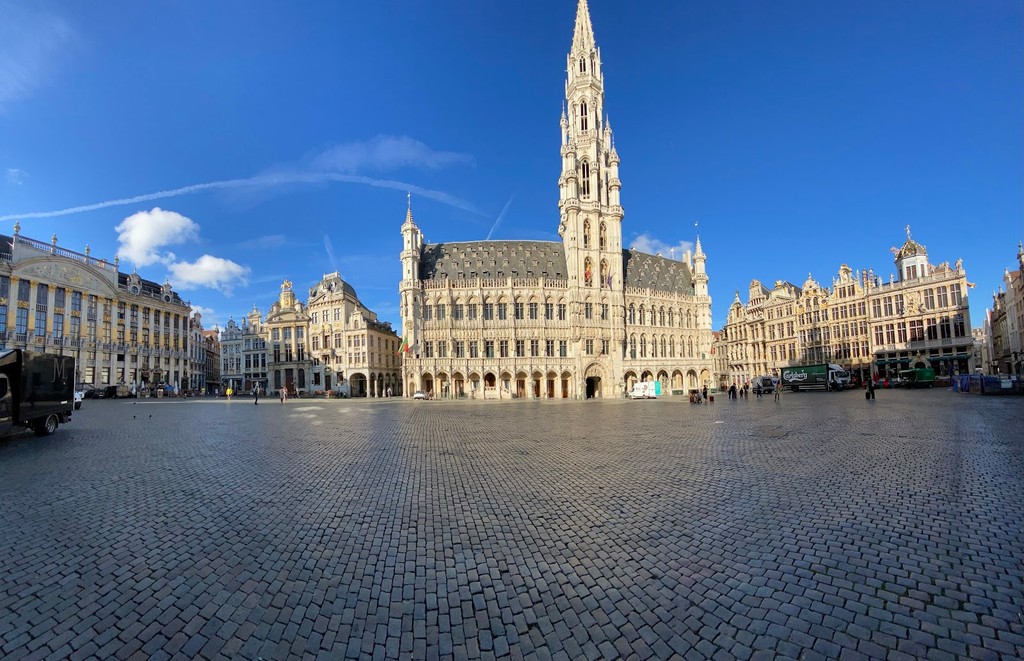
Grand Place (Grote Markt) (Source: Google Maps)
The Grand Place, or Grote Markt, is the central square of Brussels, recognized as a UNESCO World Heritage site. Surrounded by opulent guildhalls and the Town Hall, it showcases stunning 17th-century architecture that reflects the city’s historical wealth. This square has been a focal point for events and gatherings since the Middle Ages, serving as a marketplace and a venue for celebrations. The intricate designs of the buildings, adorned with gold leaf and elaborate sculptures, illustrate the craftsmanship of the era. Today, the Grand Place hosts various events, including the famous Flower Carpet festival every two years, attracting visitors from around the globe who come to admire its beauty and historical significance.
Manneken Pis
Just a short stroll away, visit the iconic Manneken Pis, a small bronze statue that has become a symbol of Brussels' quirky sense of humor.
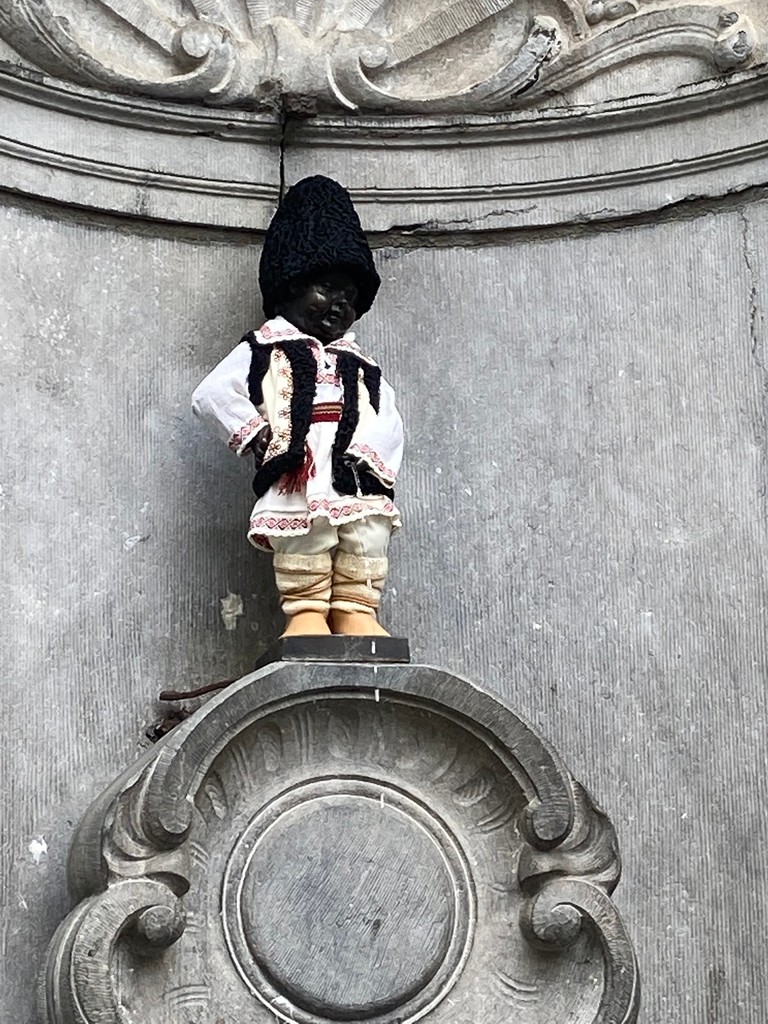
Manneken Pis (Source: Google Maps)
Manneken Pis is a small bronze statue of a urinating boy, standing at just 61 centimeters high. This quirky landmark has become a symbol of Brussels' irreverent sense of humor and its residents' love for freedom and individuality. The statue dates back to the early 17th century and has undergone several transformations and restorations over the years. Legend has it that the statue commemorates a young boy who saved the city from a fire by extinguishing it with his urine. Manneken Pis is often dressed in various costumes, with a wardrobe of over 1,000 outfits, reflecting cultural events and celebrations. This playful figure continues to attract tourists and locals alike, embodying the spirit of Brussels.
Galeries Royales Saint-Hubert
Continue to the Galeries Royales Saint-Hubert, one of the world's oldest covered shopping arcades, showcasing exquisite architecture and luxury boutiques.
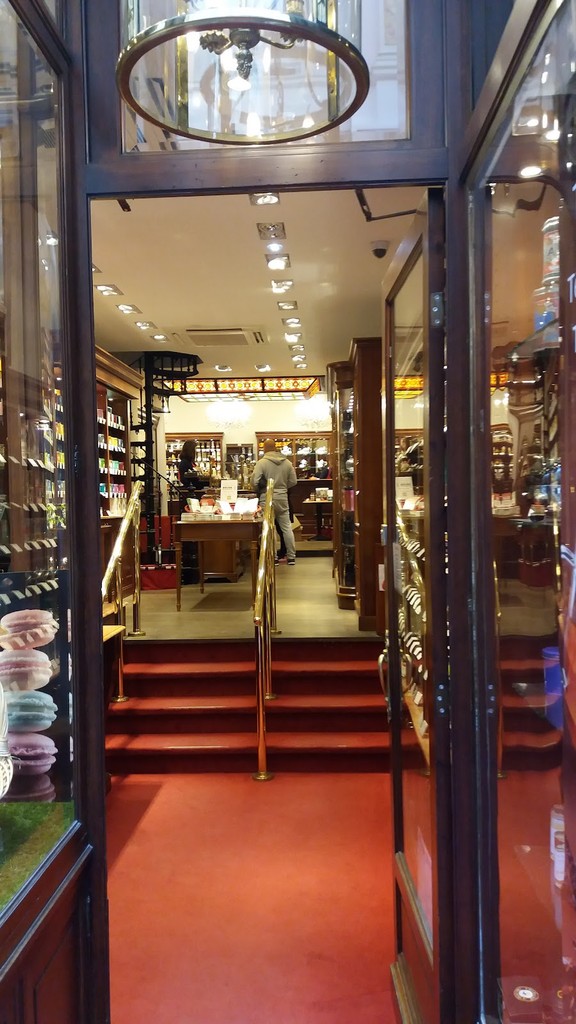
Galeries Royales Saint-Hubert (Source: Google Maps)
The Galeries Royales Saint-Hubert, built in the 19th century, is one of the oldest covered shopping arcades in Europe. This architectural gem features elegant glass roofs and intricate mosaics, creating a luxurious shopping environment. The galleries are home to a variety of high-end boutiques, chocolate shops, and cafes, making it a popular destination for both shopping and leisure. The design of the galleries reflects the neoclassical style, with a harmonious blend of light and space. Historically, the Galeries served as a social hub, where the elite of Brussels gathered to shop and socialize. Today, it remains a vibrant center for culture and commerce, showcasing the city's rich heritage.
Cathedral of St. Michael and St. Gudula
Head to the Cathedral of St. Michael and St. Gudula, a stunning example of Gothic architecture and a key religious site in Brussels.
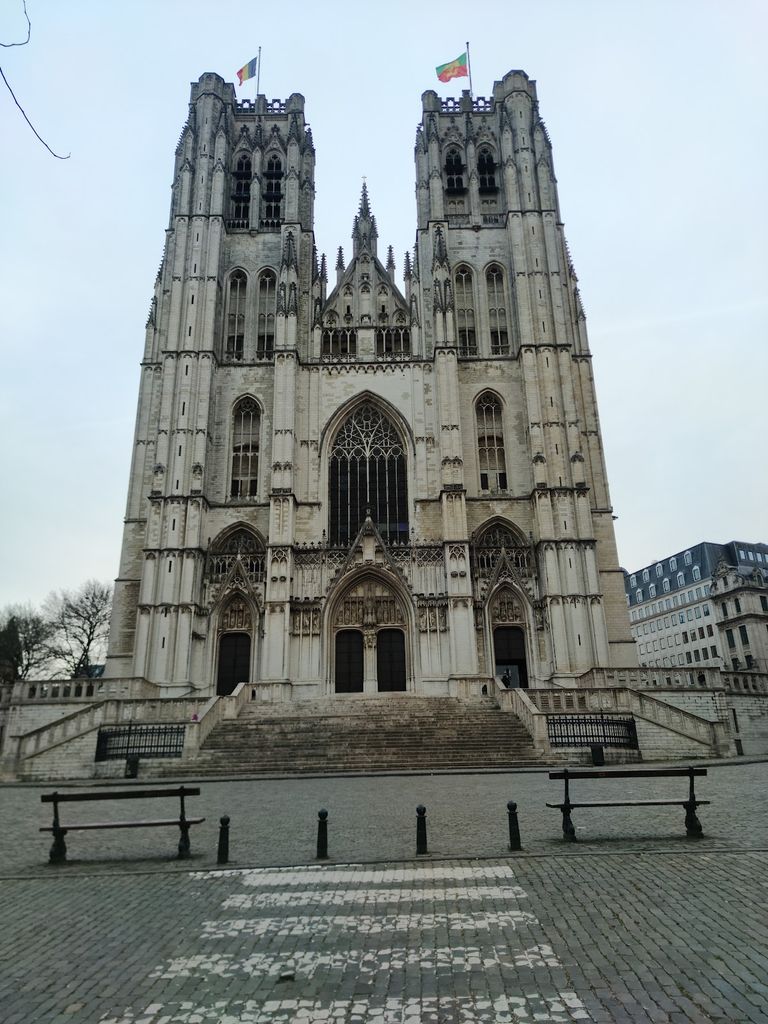
Cathedral of St. Michael and St. Gudula (Source: Google Maps)
The Cathedral of St. Michael and St. Gudula is a magnificent example of Gothic architecture in Brussels, dating back to the 13th century. This cathedral serves as the national church of Belgium and is dedicated to the patron saints of Brussels. Its impressive façade features twin towers and intricate stone carvings, while the interior boasts stunning stained glass windows that depict biblical stories. The cathedral has played a significant role in Belgian history, hosting royal ceremonies and important events. Visitors can explore its beautiful chapels, admire the grand organ, and witness the serene atmosphere that has made it a place of worship for centuries.
Parc de Bruxelles (Brussels Park)
Enjoy a leisurely walk through Parc de Bruxelles, the city's largest urban park, offering a peaceful escape amidst the hustle and bustle.
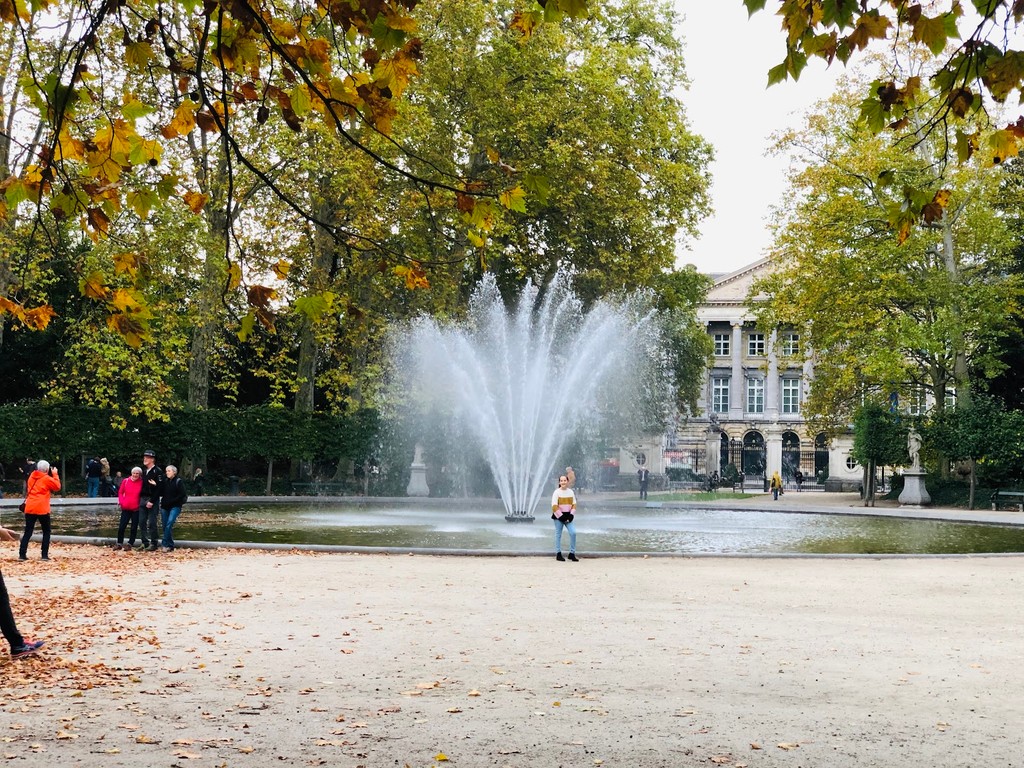
Parc de Bruxelles (Brussels Park) (Source: Google Maps)
Parc de Bruxelles, or Brussels Park, is the city’s largest urban park, offering a lush green space amidst the bustling city. Established in the 18th century, the park is characterized by its meticulously landscaped gardens, tree-lined pathways, and serene ponds. It serves as a popular retreat for both locals and tourists, providing a perfect spot for picnics, leisurely strolls, or simply relaxing in nature. The park is home to several statues and monuments, reflecting the city's history and culture. Additionally, it hosts various events and festivals throughout the year, fostering a sense of community and celebration. The tranquil environment and natural beauty make Parc de Bruxelles a cherished landmark in the heart of the city.
Royal Palace of Brussels
End the second hour at the Royal Palace of Brussels, the official palace of the Belgian kings, where you can admire its neoclassical facade.
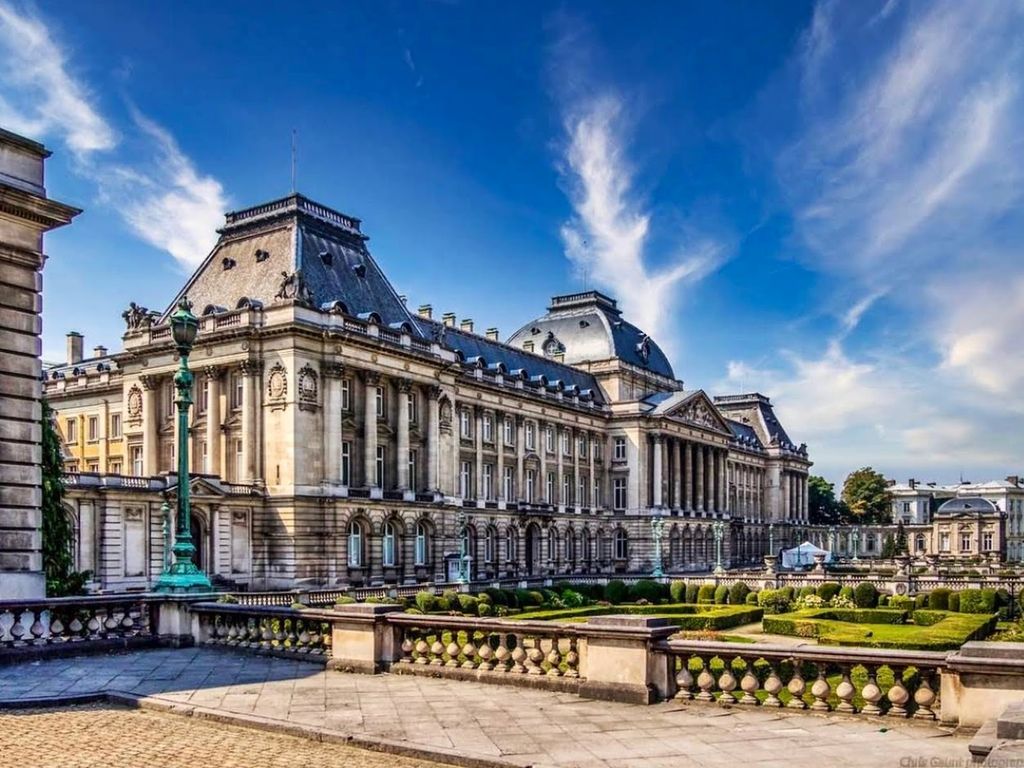
Royal Palace of Brussels (Source: Google Maps)
The Royal Palace of Brussels is the official palace of the Belgian monarchy, showcasing neoclassical architecture that reflects the grandeur of the royal family. Originally a 18th-century palace, it has undergone numerous renovations and expansions over the years, resulting in a stunning blend of styles. The palace is not only a symbol of the monarchy but also serves as a venue for official state functions and ceremonies. Visitors can admire its opulent interiors during the summer months when the palace opens its doors to the public. The surrounding park, known as the Brussels Park, adds to the palace's charm, providing a picturesque setting for visitors to explore the history and significance of Belgium's royal heritage.
Magritte Museum
Visit the Magritte Museum, dedicated to the works of René Magritte, one of Belgium's most famous surrealist artists.
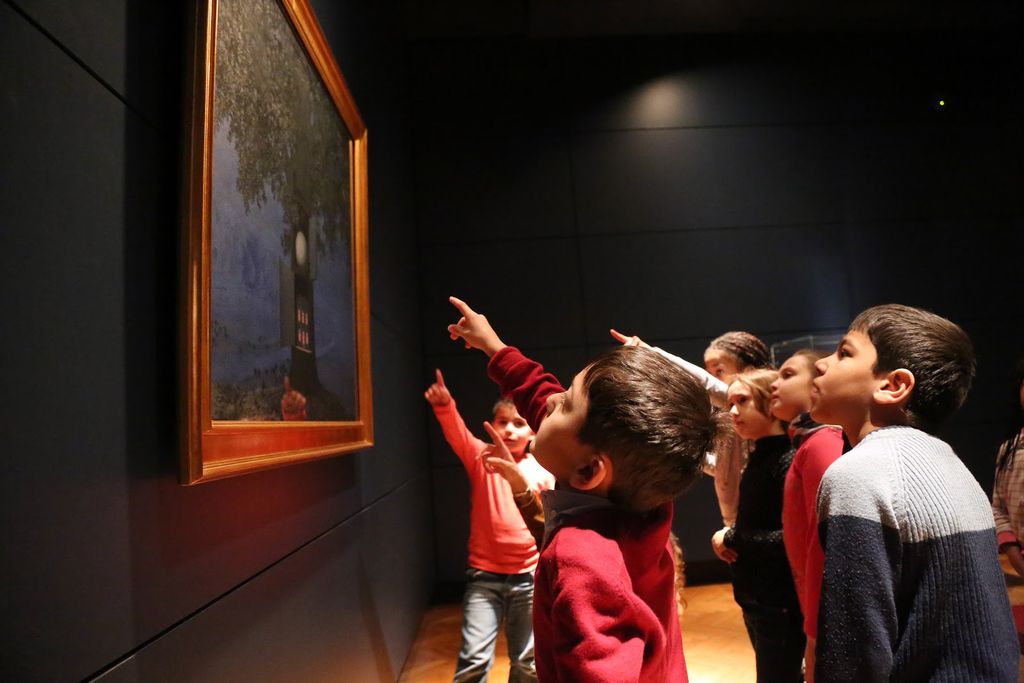
Magritte Museum (Source: Google Maps)
The Magritte Museum is dedicated to the works of René Magritte, one of Belgium's most renowned surrealist artists. Located in the heart of Brussels, the museum houses a vast collection of Magritte's paintings, drawings, and sculptures, offering an in-depth look into his artistic evolution. The museum's design complements Magritte's unique style, with interactive exhibits and thematic displays that engage visitors. Magritte's work often challenges perceptions of reality, using everyday objects in unexpected contexts. Through his art, he invites viewers to question the nature of existence and the boundaries between reality and illusion. The Magritte Museum is a must-visit for art enthusiasts and those curious about the surrealist movement.
Mont des Arts
Begin the final hour at Mont des Arts, a cultural hub with stunning views over the city and access to several key museums and cultural institutions.
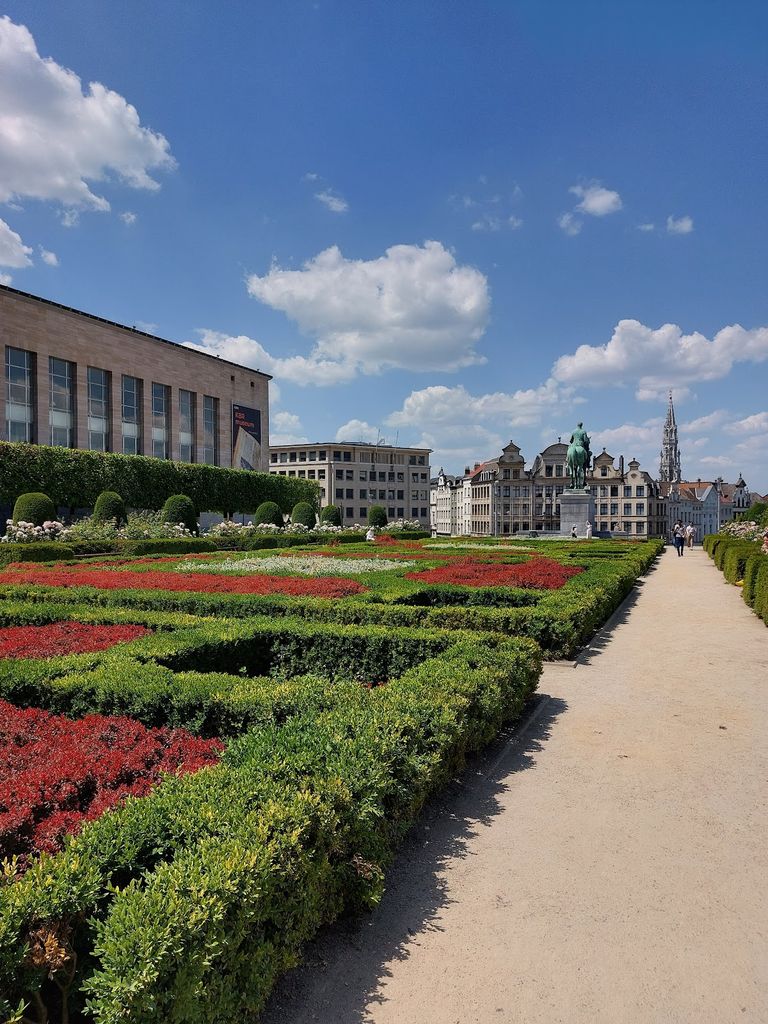
Mont des Arts (Source: Google Maps)
Mont des Arts is a cultural complex in Brussels that offers breathtaking panoramic views of the city. Designed in the early 20th century, this area is a hub for museums, galleries, and cultural institutions, making it a vibrant center for art and history. The beautifully landscaped gardens and terraces create a peaceful atmosphere, inviting visitors to relax and soak in the surroundings. Key attractions include the Royal Library of Belgium, the Magritte Museum, and the Brussels City Museum. Mont des Arts has historically been a site for cultural events and exhibitions, reflecting the city's commitment to the arts. Its strategic location connects various neighborhoods, making it a focal point for both locals and tourists.
Place du Grand Sablon
Conclude your tour at Place du Grand Sablon, a charming square known for its antique shops, cafes, and the beautiful Church of Our Blessed Lady of the Sablon.
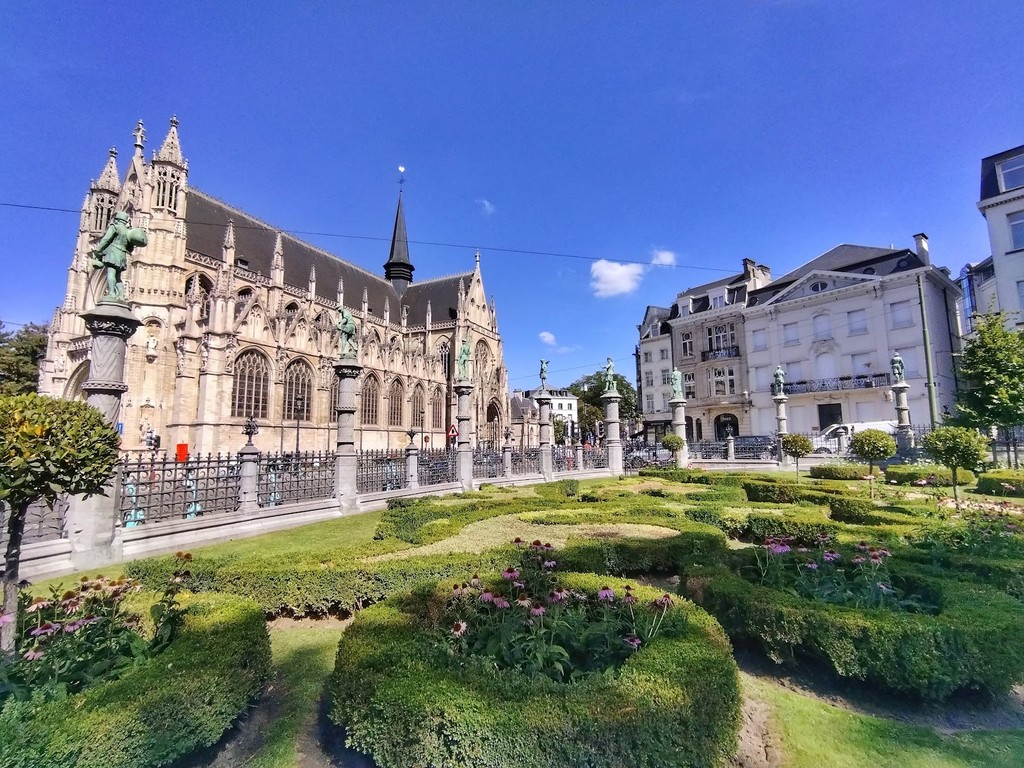
Place du Grand Sablon (Source: Google Maps)
Place du Grand Sablon is a picturesque square in Brussels, known for its charming ambiance and rich history. Surrounded by antique shops, cafes, and the stunning Church of Our Blessed Lady of the Sablon, the square has been a gathering place for centuries. Historically, it was a key market area where traders would sell their goods. The architecture of the square reflects a blend of Gothic and Baroque styles, creating a visually appealing environment. Today, Place du Grand Sablon is famous for its weekend antique market, attracting collectors and enthusiasts. The square's vibrant atmosphere, coupled with its historical significance, makes it a favorite spot for both locals and visitors.
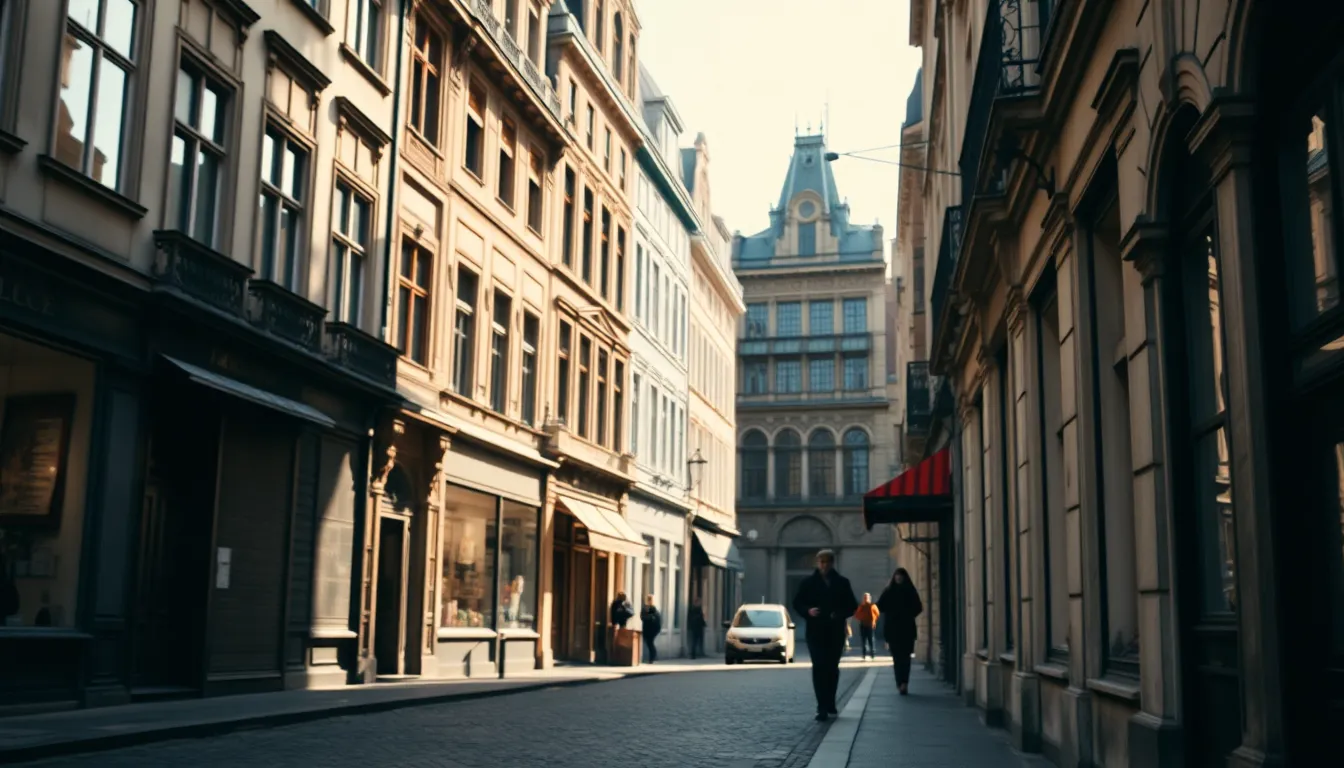
Your travels, your rules.
Create your own Free Walking Tours.
Set your preferences, distances and anything you want to do or see.
Completely free, no payment required.